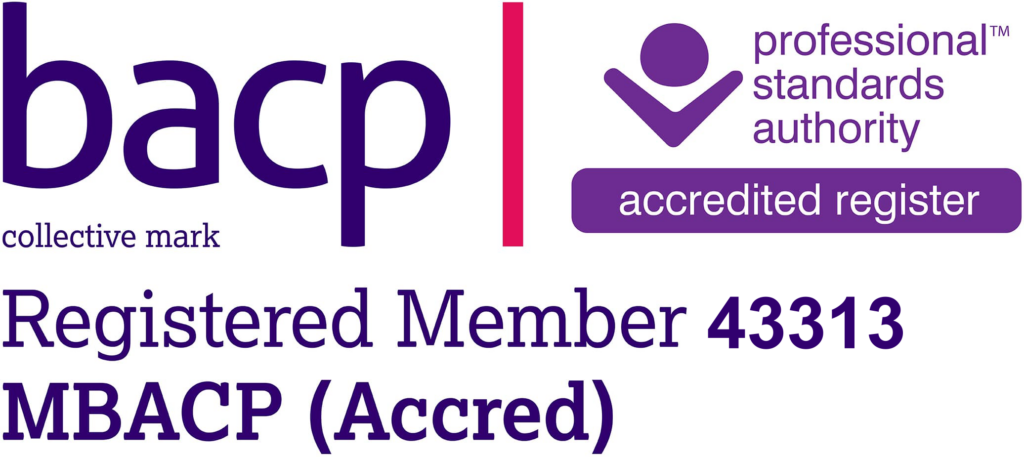
Panic attacks can be very frightening. The heart beat accelerates and sweating and panting are common. You may think you’re about to faint – or even that you’re going to die.
Though the exact form differs for everyone, there are four repeated characteristics of panic attacks:
- You experience intense feelings of fear or even terror.
- You think something terrible is going to happen physically during the panic attack. This might be to do with your health – for example that you are going to have a heart attack, or that you are experiencing signs of a life-threatening condition. Or it might be the fear of doing something embarrassing in public. You might believe you are going to make a fool of yourself, lose control or vomit or wet yourself.
- Panic attacks seem to come out of the blue with little or no warning.
- Although the most intense feelings pass in ten minutes, you may be left feeling exhausted for a long time, anxious that the attack has really finished and fearful that it’s going to return.
The experience of regular panic attacks is known as ‘panic disorder’ and affects 1.2% of the UK population. An occasional or one-off panic attack is much more common. At least 3.5% of all people have problems with panic at some point in their lives.
What is happening when you have a panic attack?
The overriding emotional quality of a panic attack is fear, alongside severe and frightening physical symptoms. The physical feelings (palpitations, rapid breathing) are so strong and real, that it’s hard to believe that they are all just natural symptoms of strong anxiety – anxiety sparked off by our reactions to life situations, by our thoughts and feelings.
The anxiety response itself isn’t only perfectly normal. It actually started out as human beings’ life-saving response to threat.
This is our ‘flight or fight’ response, developed to save us from imminent danger. Note that the response is overwhelmingly physical, because it evolved to deal with physical dangers (such as being chased by a wild animal).
‘Fight or flight’ response physical changes
- The mind become alert and focused
- Heart rate speeds up
- Blood pressure rises
- Muscles tense up ready for action
- We start to sweat to maintain body temperature
- We breathe more rapidly
- The liver releases sugar for quick energy
- Adrenaline is released
- Non-essential processes such as digestion, slow down. This causes a dry mouth, butterflies in the stomach and possibly nausea.
In the case of physical danger this response can be very useful. For example a woman standing by the side of a road sees a car speeding towards her. In a split-second she has a vision of the car careering across the pavement edge and hitting her. Her heart pounds, she feels intense fear and instinctively she steps well back out of harm’s way while the car passes.
However, many of the dangers we face nowadays aren’t physical. 21st century problems such as issues with a colleague, worries about the mortgage or fears of being sacked, are not helped by the fight or flight response. Panicky breathing, difficulty speaking because of a dry throat, sweating, too much adrenaline, are all likely to get in the way. They may be debilitating, stopping us from taking action which is in our best interests (such as giving a presentation). Or they may be embarrassing (causing us to stutter, or to sweat profusely in public).
How do anxiety symptoms develop into a panic attack?
What turns anxiety and its symptoms into a panic attack, is our reaction to these symptoms.
A pounding heart, the result of fears about an exam or a forthcoming presentation, become a real problem when they are misinterpreted. That is, when they are seen as the run-up to a heart attack or any other threatening condition.
It sounds simple, doesn’t it? But the inner sequence of stimuli and thoughts which leads up to a full-blown panic attack, happens so rapidly, that it’s hard to see them unfolding in practice. This can be particularly the case if we aren’t very tuned in to our feelings and don’t notice – or purposely ignore – our mounting anxiety.
Then when we suddenly notice our palpitations, breathlessness or any of the other anxiety symptoms, we get frightened. The effect of the fear is to increase the physical symptoms. So our heart-beat soars, our breathing gets even more rapid and shallow and we have to lie down. Now we’re convinced we are going to die. And then, once again, our increased fear makes the symptoms get even stronger, in an ongoing vicious cycle.


